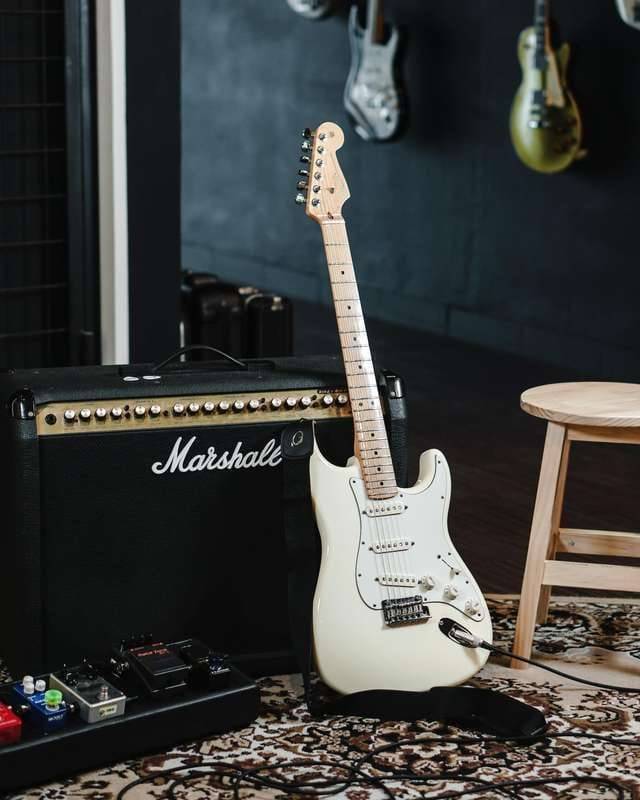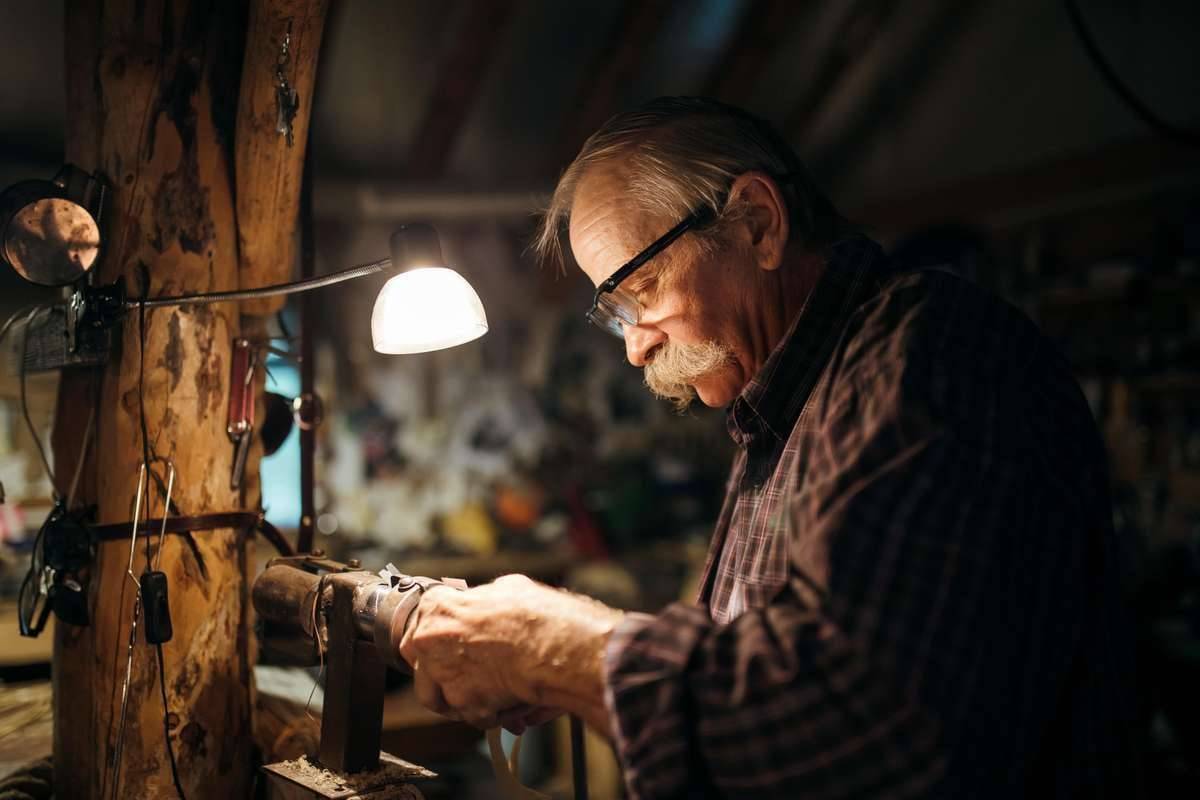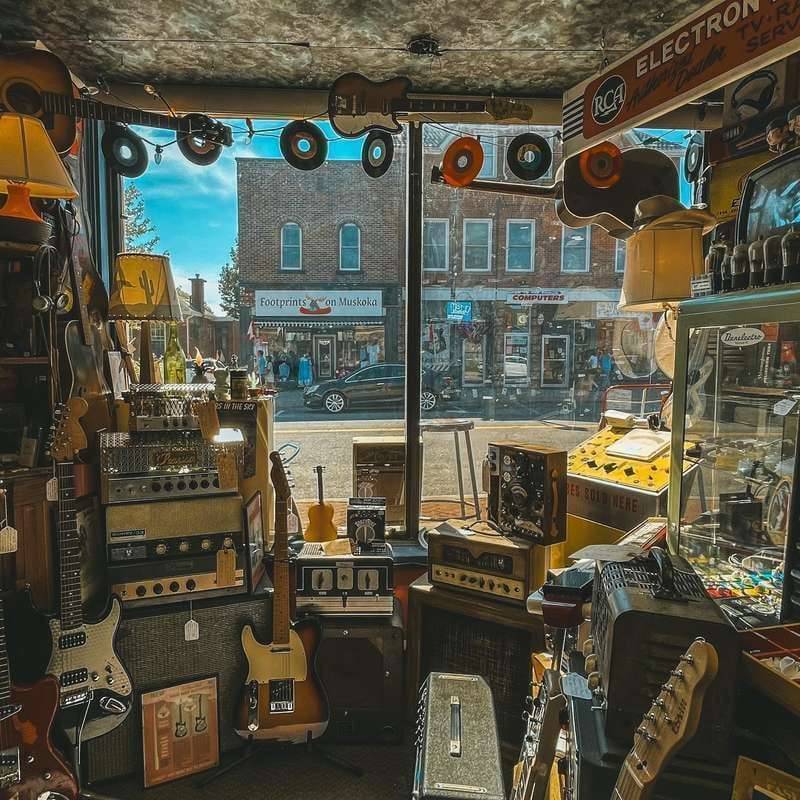A Journey Through Quality and Craftsmanship
Dive into the storied legacy of Fender guitars, exploring how their commitment to quality and craftsmanship has shaped the music industry. From the iconic Stratocasters and Telecasters to the revered Custom Shop creations, we unravel the nuances of what makes Fender a hallmark of excellence and how perceptions of quality have evolved over time.
A Journey Through Quality and Craftsmanship

Embracing Fender's Legacy
Fender guitars, since their inception, have been more than just musical instruments; they are symbols of musical innovation. This article delves deep into Fender Guitar History, exploring how Fender's commitment to quality and craftsmanship has shaped the music industry from Leo Fender's initial designs to modern-day marvels.
Starting Your Musical Journey
For those just starting, Fender offers a range of guitars that are perfect for beginners. The Squier series, known for its affordability and quality, is an excellent starting point. Additionally, the Fender Player Series offers a step-up for beginners ready to invest in a higher-quality instrument. These guitars are not only easy to play but also provide the rich Fender tone, making them ideal for those embarking on their musical journey.
The Origins of Fender's Craftsmanship
In the late 1940s, Leo Fender, a visionary in electric guitar design, founded the Fender Electric Instrument Co. His first notable design, the Esquire, was innovative but initially met skepticism. Yet, it represented a significant step in crafting solid-body electric guitars. This innovation was the precursor to the iconic Telecaster, which emerged in 1951. Despite early ridicule, the Telecaster quickly became recognized for its unique sound and playability, finding its place in the emerging rock 'n' roll scene.
The Stratocaster's Revolutionary Impact
The introduction of the Stratocaster in 1954 marked a new era in guitar design. Its iconic status was solidified by its versatility and the continual improvements made to its design, including changes in body shape, materials, and electronics. The Stratocaster's journey through the years is a testament to Fender's dedication to innovation and responding to musicians' needs.
CBS Era and the Evolution of Quality
The sale of Fender to CBS in 1965 marked a controversial period in the company's history. This era saw the introduction of significant design changes but also raised concerns about declining craftsmanship quality. The CBS era is often contrasted with the pre-CBS years, where Fender guitars were reputed for superior quality.
Reclaiming Craftsmanship: The 1980s and Beyond
In the 1980s, under new leadership, Fender underwent a significant transformation, modernizing its manufacturing processes and refocusing on high-quality craftsmanship. The establishment of the Fender Custom Shop in 1987 was a pivotal moment, reaffirming Fender's commitment to superior craftsmanship and innovation in guitar design.
The Consistency of Craftsmanship

As we review various Fender models for their craftsmanship, it's evident that Fender's dedication to quality remains unwavering. Whether it's an American-made Stratocaster or a Mexican-made Telecaster, each guitar showcases Fender's ability to blend tradition with innovation. Let’s delve into some Fender Guitar Reviews to better understand the nuances that set each model apart.
Hardware and Electronics: The Backbone of Quality
Fender's innovative approach extends to their hardware and electronics. Their commitment to using quality materials ensures reliability and contributes to the distinct Fender sound. This section could include detailed insights into Fender’s hardware choices over the years, tying it to the Fender Guitar Setup Guide.
The Allure of Vintage Fenders
Vintage Fender guitars, particularly pre-CBS-era models, are highly coveted. These instruments, dating back to the 1950s and 1960s, are not only prized for their historical value but also for their exceptional craftsmanship. Prices for these vintage pieces can be steep, reflecting their status as collectors' items and investments.
Custom Shop Creations: The Pinnacle of Fender's Craft
Fender's Custom Shop represents the pinnacle of their craftsmanship. These guitars, categorized as Masterbuilt and Custom-Built, are created by the company's best builders and are often considered the finest Fender guitars available. While they come with a hefty price tag, they are a testament to Fender's commitment to professional-grade craftsmanship and quality.
Luthier and User Perspectives: Diverse Opinions
Luthiers and guitar enthusiasts offer diverse opinions on Fender's quality. Some have raised concerns about minor flaws in high-end American models, such as sharp fret ends, while others praise the finish and consistency of Mexican-made Fenders. There's a general agreement that Fender's quality control has improved over the years, with Mexican models receiving particular acclaim for their finish and consistency. However, these experiences highlight the subjective nature of assessing guitar quality, with each player having their own preferences and expectations.
Conclusion
Fender's journey in guitar craftsmanship is a blend of consistent quality, innovative design, and a deep understanding of musicians' needs. While there are variations in opinions and experiences, the brand's commitment to producing quality instruments remains undisputed. Whether it's a vintage Stratocaster, a Mexican-made Telecaster, or a high-end Custom Shop creation, each Fender guitar tells a story of a company dedicated to the art and science of guitar making.
In the end, choosing a Fender guitar is as much about the sound and feel as it is about the brand's legacy. As we've seen, each model and era carries its own unique qualities and challenges, making the journey of finding the perfect Fender guitar a deeply personal and rewarding experience.
Today, Fender continues to innovate and tailor its guitars to a global audience. From the Telecaster to the Stratocaster, Fender has maintained its position at the forefront of guitar craftsmanship, offering a range of models that cater to various musical styles and player preferences. The story of Fender is not just about guitars; it's about a relentless pursuit of musical excellence and the enduring impact of a brand that has shaped the sound of generations.
Frequently Asked Questions (FAQ)
1. What makes Fender guitars special compared to other brands?
Answer: Fender guitars are renowned for their iconic designs, distinctive tone, and historical significance in popular music. The brand pioneered solid-body electric guitars with models like the Telecaster and Stratocaster, which became standards in the industry. Fender's commitment to quality craftsmanship, innovative design, and consistent manufacturing has made them a preferred choice for musicians across all genres.
2. Are Mexican-made Fender guitars as good as American-made ones?
Answer: Mexican-made Fender guitars (Player Series) offer excellent quality and value, featuring many of the same design elements and manufacturing processes as American models. While American-made guitars typically use premium materials and have tighter quality control, Mexican Fenders provide outstanding playability and tone at a more accessible price point, making them popular among both beginners and professionals.
3. What's the difference between pre-CBS and CBS-era Fender guitars?
Answer: Pre-CBS Fenders (before 1965) are highly sought after for their perceived superior craftsmanship and tone. The CBS era (1965-1985) introduced cost-cutting measures and design changes that some believe affected quality, though many excellent guitars were still produced. Post-CBS Fenders have generally returned to higher quality standards while incorporating modern improvements.
4. Which Fender guitar is best for beginners?
Answer: The Squier Classic Vibe series offers excellent value for beginners, providing authentic Fender tone and feel at an affordable price. For those with a larger budget, the Fender Player Series (Mexican-made) provides a step up in quality. Both options offer the classic Fender experience without overwhelming complexity, making them ideal for learning.
5. Do Fender guitars hold their value well?
Answer: Fender guitars generally hold their value well, especially American-made models and vintage instruments. Factors affecting resale value include model, year, condition, originality, and rarity. Iconic models like Stratocasters and Telecasters tend to maintain strong resale values, while Custom Shop and limited edition models can appreciate significantly over time.
6. What's the difference between a Stratocaster and a Telecaster?
Answer: Stratocasters feature three single-coil pickups, a tremolo system, and contoured body for comfort, offering versatile tones suitable for many genres. Telecasters have two single-coil pickups, a fixed bridge, and a simpler design, providing bright, cutting tones perfect for country, rock, and blues. Both are iconic but serve different musical needs and playing styles.
7. Are Fender Custom Shop guitars worth the premium price?
Answer: Custom Shop guitars justify their premium through superior materials, hand-crafted construction, and personalization options not available in production models. They're built by master craftsmen with attention to detail that results in exceptional instruments. Whether they're worth the cost depends on your playing level, budget, and appreciation for premium craftsmanship.
8. How has Fender guitar quality changed over the years?
Answer: Fender quality has evolved through different eras, with early instruments (1950s-1960s) being highly regarded, a perceived decline during the CBS era, and a resurgence in quality since the 1980s. Modern Fenders benefit from improved manufacturing techniques, better quality control, and premium materials while maintaining the classic designs and tones that made the brand famous.
